Written by Tamara Gaydos
The Haverhill Public Library Special Collections provides access for scholars and researchers to a collection of unique and rare materials. Its patrons are local historians, scholars, and general readers. The Special Collections department collects printed materials and manuscripts related to the history of Haverhill, Massachusetts, and surrounding areas.
Many people are curious about what an archivist in a public library does. Let’s start with what a manuscript is. Manuscript materials may include business or personal papers, such as letters, financial records, diaries, and account books, as well as records of local service organizations such as churches, militias, clubs, and municipal governments. The materials may be offered as donations by individuals, families, businesses, local governments, or by dealers who make a profession of acquiring such documents and selling them for profit. Just because someone offers us documents like these, the Trustees don’t automatically accept them. They have to fit several criteria, such as historical significance, uniqueness to our collection, or documentation of an area of interest. If the Trustees accept the items into our collections, the fun begins.

First, if the material is a gift, we create a Deed of Gift to be signed by both parties. Then we accession the material, a formal process that acknowledges acceptance of the material into the library’s collection. This is followed by processing of the manuscript materials or cataloging of print items. Processing can be an involved effort, depending on the nature of the materials, their organizations, and their physical condition.
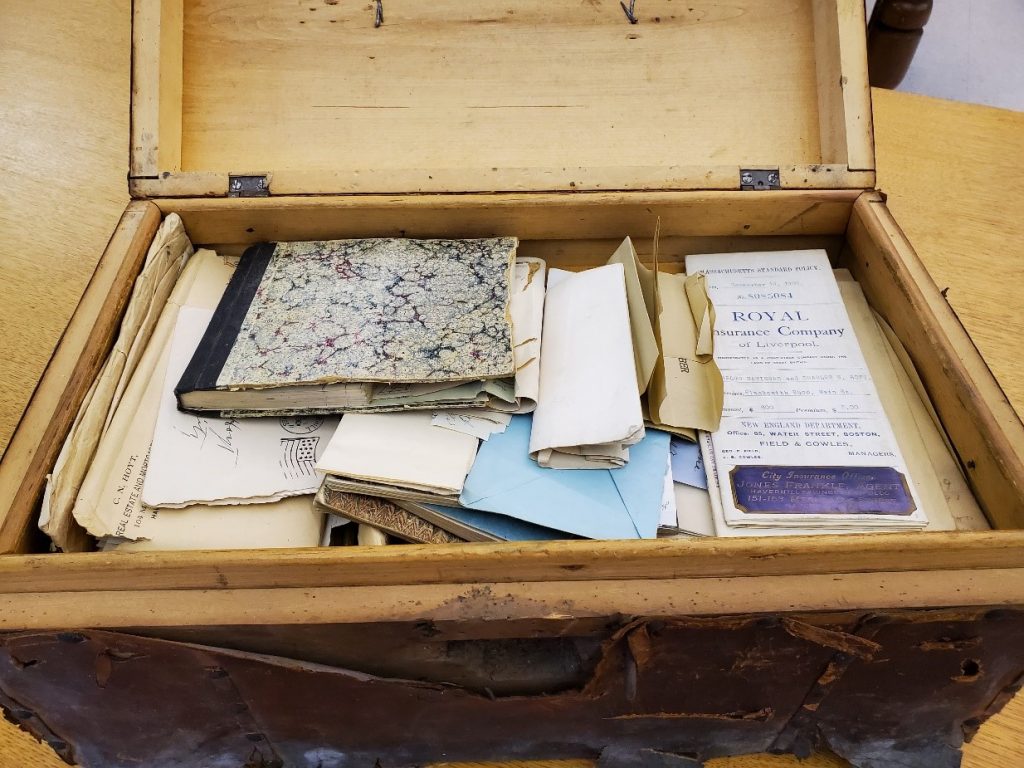
Processing will include cataloging of the accession, a process that creates a formal record that enable researchers and other interested parties to identify and locate the new material. If this is a group of papers, cataloging may mean looking through them to identify a date range and to create subject headings. Processing also involves the preparation of an organized, complete finding aid to guide the researcher through the collection. This enhances accessibility.
We start with a preliminary scan to gain a general sense of the collection. This will tell us the important names associated with the material, the inclusive dates, the nature of the material, the arrangement, and any significant items located within the collection. Then we come up with a plan which allows the archivist to preliminarily organize an intellectual frame around the collection without having to physical manipulate the material.
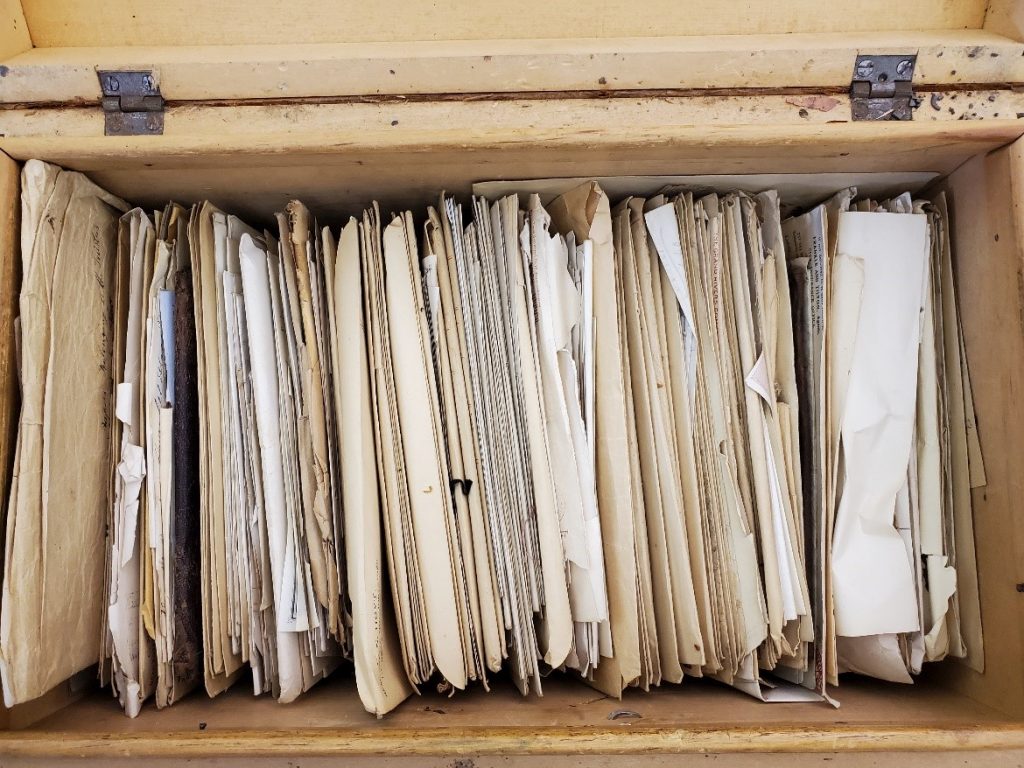
Once the processing plan has been approved, the official sorting of the material can begin. We divide the material into groupings called “series,” for example all material created by one individual or all the records associated with a particular business enterprise. We continually refine the series, sometimes breaking them down into subseries, e.g. correspondence is further divided into personal correspondence and business correspondence.
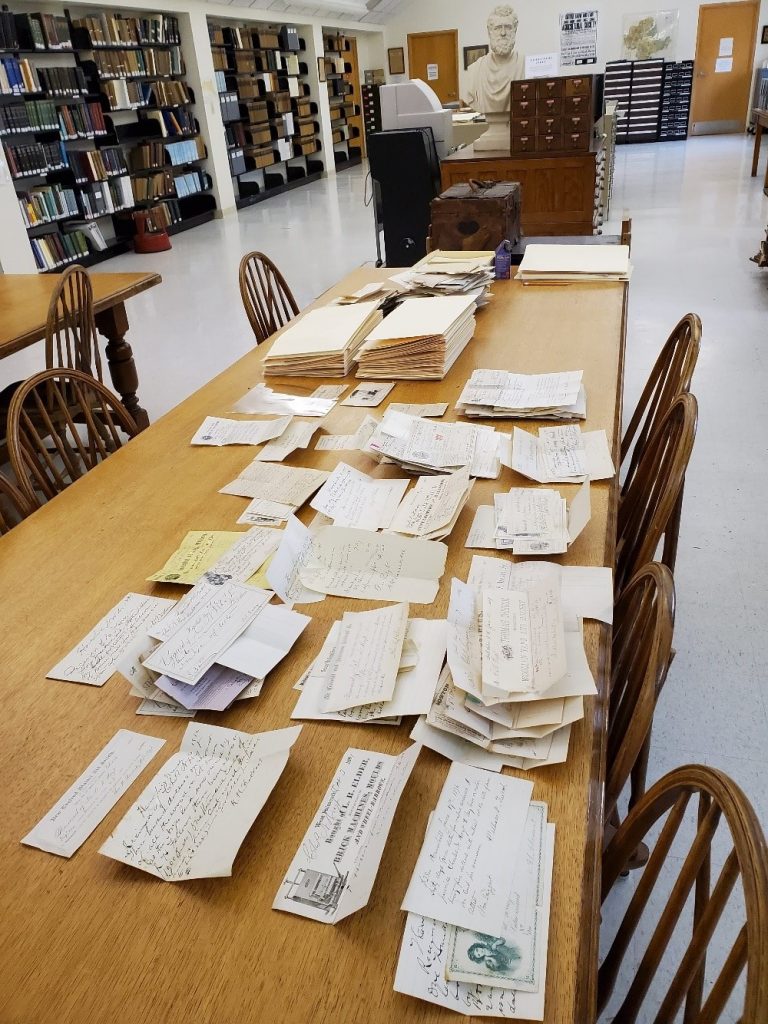
During the handing of the materials we perform some measure of conservation. Fragile and torn documents are sleeved in polyester Melinex sleeves to protect them from further damage. Newsprint, which is very susceptible to deterioration, is photocopied for informational purposes; access to the original is then restricted. Often, items are folded; these need to be unfolded and placed into the proper sized folders and boxes. Oversized items in particular may require some special handing. Three-dimensional objects are wrapped in acid-free tissue paper.
Bound volumes are sometimes boxed for protection. We remove all metal clips, staples, and rubber bands and replace them when necessary with plastic clips. We sometimes clean documents with a dry cleaning sponge. Documents mounted in scrapbooks are sometimes dismounted for preservation and arrangement purposes.
In order to write the finding aid (a descriptive guide or outline of an archival collection to assist researchers in understanding the content of the collection), we must find biographical and historical information in order to provide insight into the background of the individuals or group who created the collection, or to place subject matters into historical perspective. We use the Internet, Ancestry.com, and the print collection in the Special Collections department.
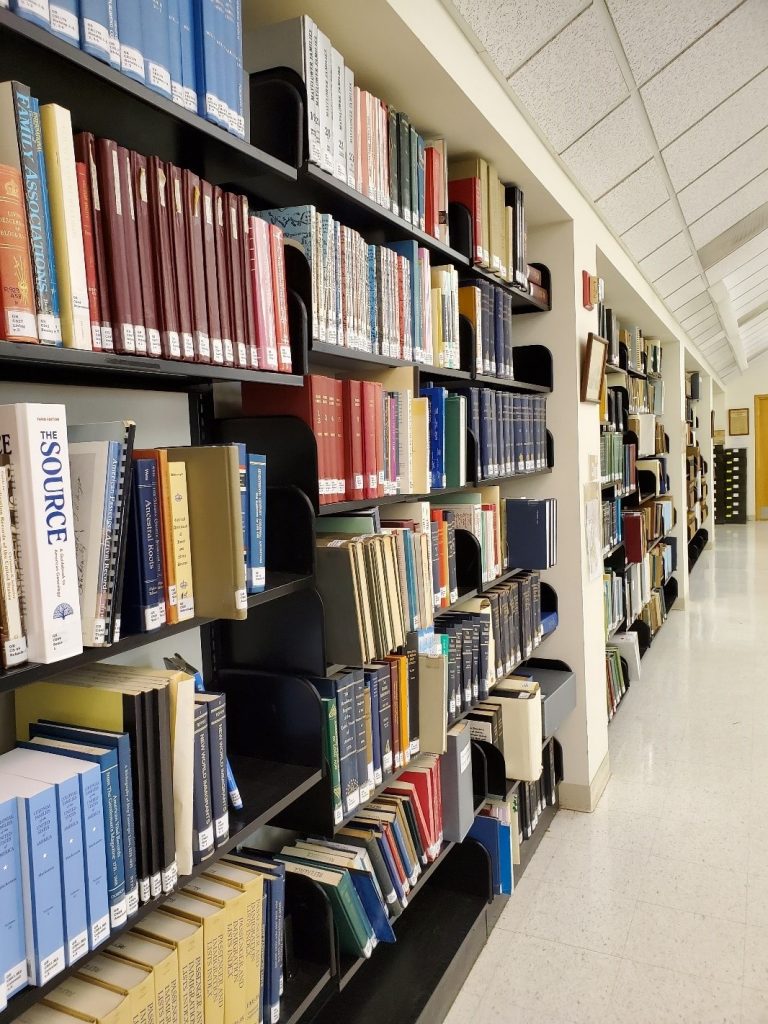
The last step involves printing and applying folder and box labels, printing a copy of the finding aid for the Special Collections Reading Room, uploading a copy of the Special Collections web page on the Haverhill Public Library website, and entering a record into the Senter Digital Archive so that the collection can be found online.
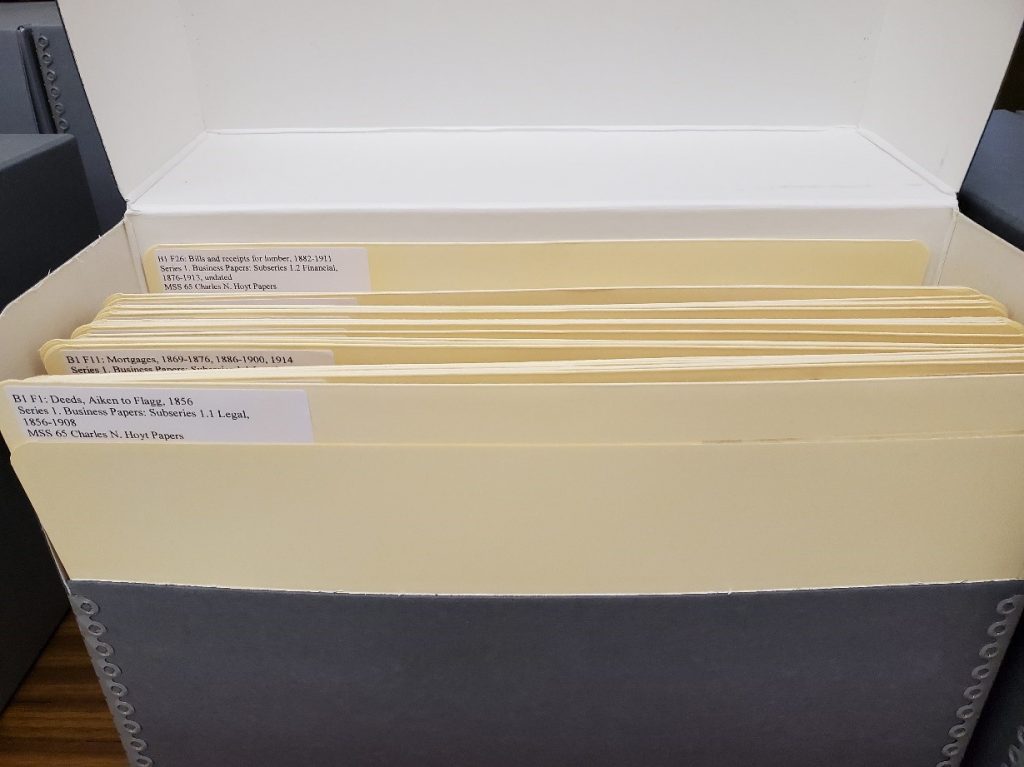
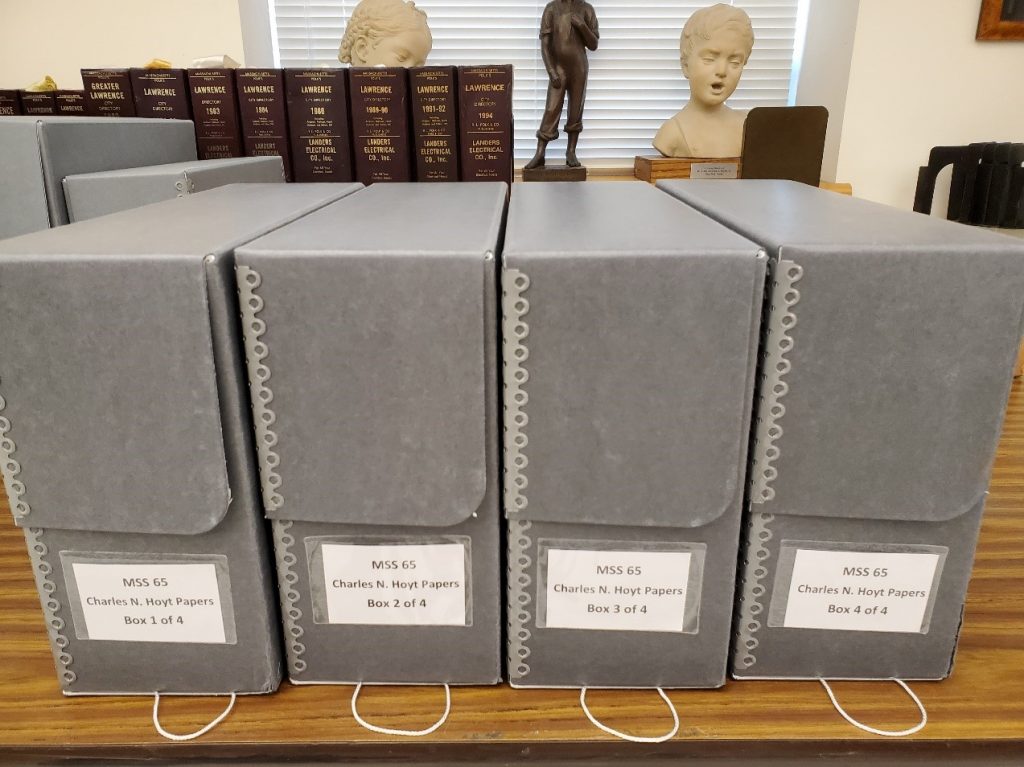
I love the variety that my job provides as well as the fascinating materials that I get to work with every day. We hope you will come in to the Special Collections and use some of these original manuscript materials. And be sure to explore our Senter Digital Archive for historic photographs and archival material.